Need for Digital Transformation in Traditional Industries
In the recent past, Digital transformation has been the catalyst for business sustainability and growth and with a plethora of benefits at various levels, it has made industries more resilient to put themselves in pole positions to operate. The Digital wave has gripped various sectors in such a way that the business sphere continues to build from strength to strength and with the rapid development of IT technologies like cloud computing, big data, and artificial intelligence, its rapid integration with the industries has transformed the business world across the spectrum.
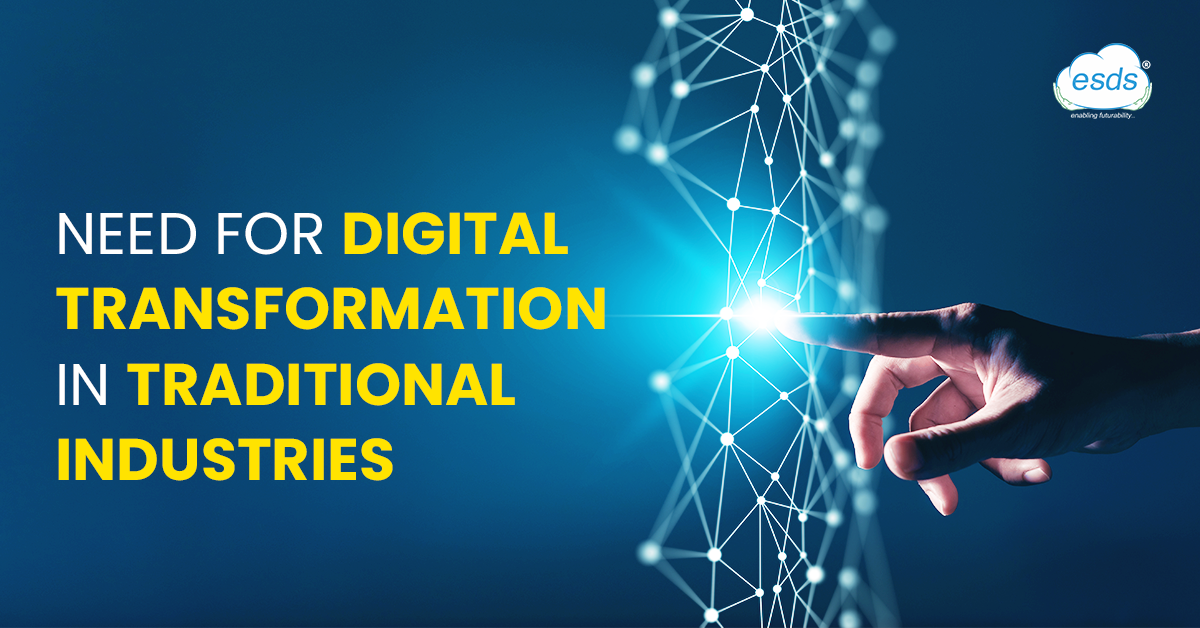
Having said that some of the industry sectors like technology, media, and financial services have been more adaptable to digitalization than the others, traditional industries have been slow on the uptake, to have gradually picked up over the years. Industries like manufacturing, have over the years faced the heat in the form of lackluster supply chains, lethargic internal operations, and communications, improper asset management, and inability to forecast to meet customer needs. Across the board, traditional industries have felt the need to speed up operations, improve processes, and open up revenue-generating areas bringing the digital technologies and tools into play.
New digital technologies, inventions, and organized tools along with discovering digital business models in traditional industries have brought a new dimension to the traditional industries. Traditional industries move to transform from strength to strength and here is a look at how these industries fare with Digital adoption.
MANUFACTURING INDUSTRY
36% of manufacturing enterprises realize above-average business value from IT spending in digitalization at a reasonable cost.
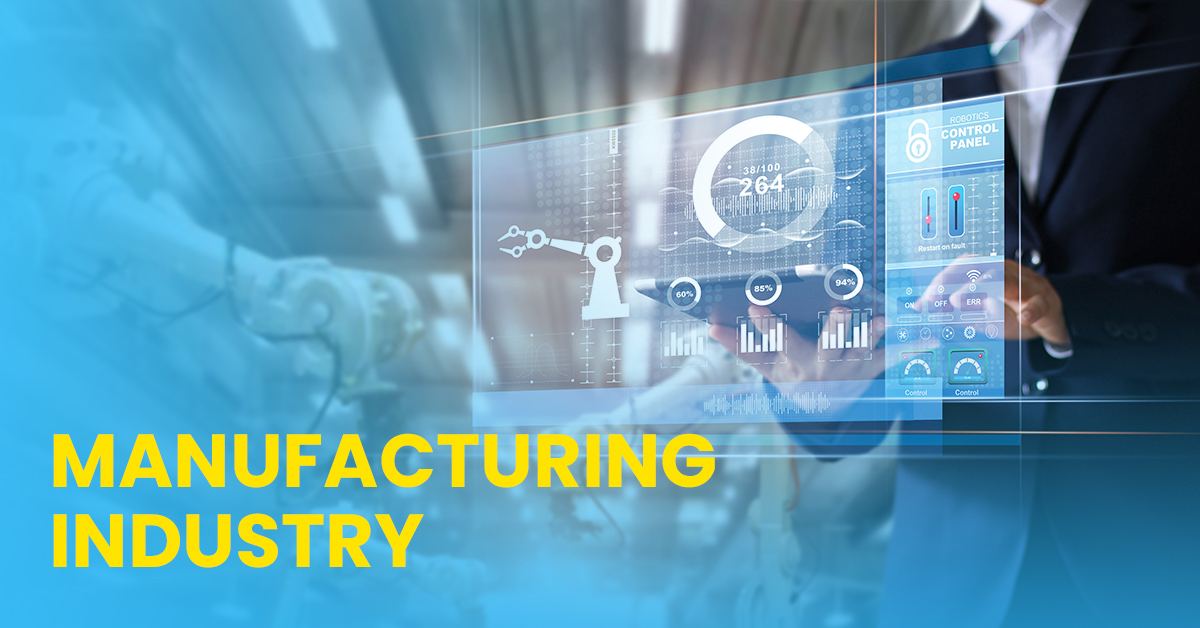
Giant multinationals and small manufacturers make Manufacturing a broad industry, and in general, it misses out on having a concrete digital transformation strategy. With changing consumer behavior and spending, the need to develop and implement a DX strategy to aid the Digital Transformation of Manufacturing Enterprises becomes ultra-critical.
Machine Learning and AI-based technology to utilize the power of Data
Keeping in mind that data is the biggest asset of a company and how crucial it can prove to be, it becomes critical to use algorithms to perform quick actions. Today’s Machines can identify and predict which factors impact production, assembly-line speed, and quality in advance, thus proving that quality doesn’t need to be sacrificed for efficiency.. ‘Data quantity’ and ‘computing power are two reasons to deploy AI-based technologies in the manufacturing company to make processes more productive.
IIoT revamping internal processes
IIoT has caused a disruption in the manufacturing industry and has changed the way products are manufactured and delivered. Artificial intelligence and predictive analytics can be driven by intelligent devices in manufacturing floors. Embracing IoT has enabled real-time overview and monitoring, energy efficiency, work productivity, and risk management throughout internal operations, asset management, and personnel management.
Augmented reality transforming communication
Huge potential lies in the use of AR technology to speed up the assembly process across multiple product lines and improve decision-making. Prior to anything going into production and manufacturing, there are many back-and-forth communications and many revisions. AR accelerates this process, it can simplify teamwork and communication and augment the task. AR mechanism facilities faster and easier work procedures.
Industry 4.0 – The road to smart factories
A trend disrupting the industry that revolves around getting rid of outdated and dead-weight processes with the integration of linking machines and other intelligent devices, for manufacturers to create intelligent networks throughout the value chain from materials to production which is controlled by each other.
An example of the fourth industrial revolution would be machined with embedded sensors that interact with another machine based on the data they receive through the sensors to automate production processes to the point where all processes are automated and controlled digitally in real-time.
LOGISTICS
As per a study, Global Digital Transformation Spending in Logistics would reach $75.5 Billion by 2026.
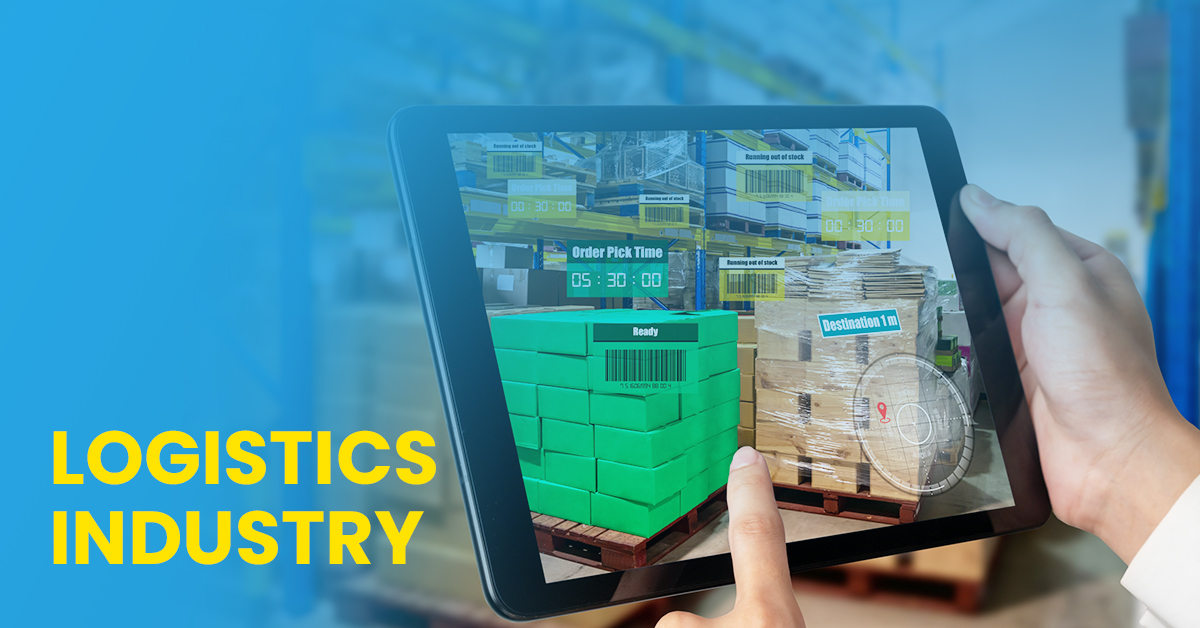
Speed and timing are of the essence in when it comes to transportation and logistics, to gain a competitive advantage. Here are a few examples of other areas where they are real game-changers.
Smart Vehicles
We are not far from a day when all of the transportation processes will be fully automated by the use of autonomous vehicles. Autonomous and self-driven trucks and vehicles being introduced to the supply chain to transport the goods would lead to a significant decrease in costs.
Cloud in Logistics
The adoption of cloud-based systems in logistics is one of the most significant trends. Managing a supply chain can be inherently challenging, requiring all of your helpful tools. Real-time vehicle tracking, logistics space planning, and management of online ticketing are possible through cloud-driven technologies.
IoT devices and sensors boost the logistic process
IoT-powered applications give you the ability to track the product from the warehouse all the way to the customer giving the manager the confidence that all the stages of the supply chain are completed as planned. IoT logistics applications provide real-time data at each stage of the supply chain process, providing valuable insights to managers to identify inefficiencies and minimize waste.
EDUCATION
The sector over the years has been lagging behind compared to its counterparts, however, with the onsite pandemic things have gradually changed for the better. With schools shut all over the world, it gave rise to digital tools and platforms by changing education dramatically.
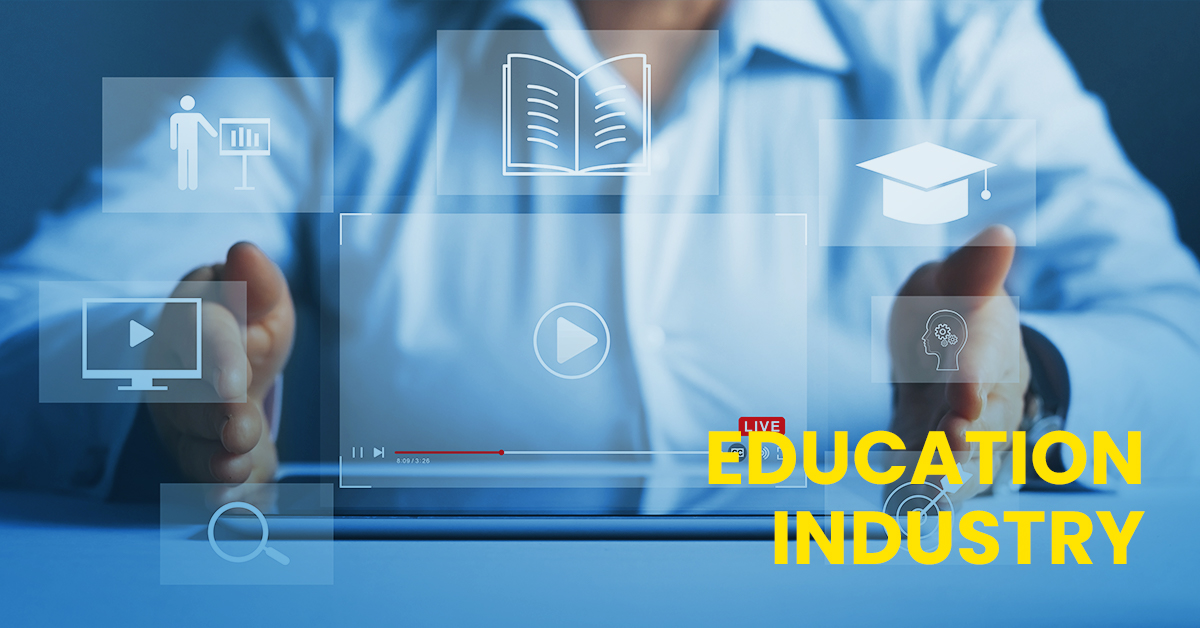
Based on a study, education expenditure on augmented reality and virtual reality was $1.8 billion in 2018 and is expected to reach $12.6 billion in 2025.
AR/VR for a better learning experience
Augmented and virtual reality is the next level of evolution in the learning system. With VR you can create a virtual tour to experience the concepts at a whole new level. Implementation of beautifully designed AR apps helps to bring various elements to a completely new studying experience.
AI and Chatbots developing learning content
Chatbots with AI can analyze students’ responses and provide them with learning content based on their choices. Based on the student’s understanding of the lecture, the bot can customize the next part accordingly enabling a whole new experience.
Learning apps and platforms
With the rise of online learning, the education sector has changed drastically, as students join digital learning platforms, and how platforms transform traditional Industries has been a thing to watch out for. Launch of learning apps to access notes, their curriculum, and give tests altogether build an interactive learning platform.
HEALTHCARE
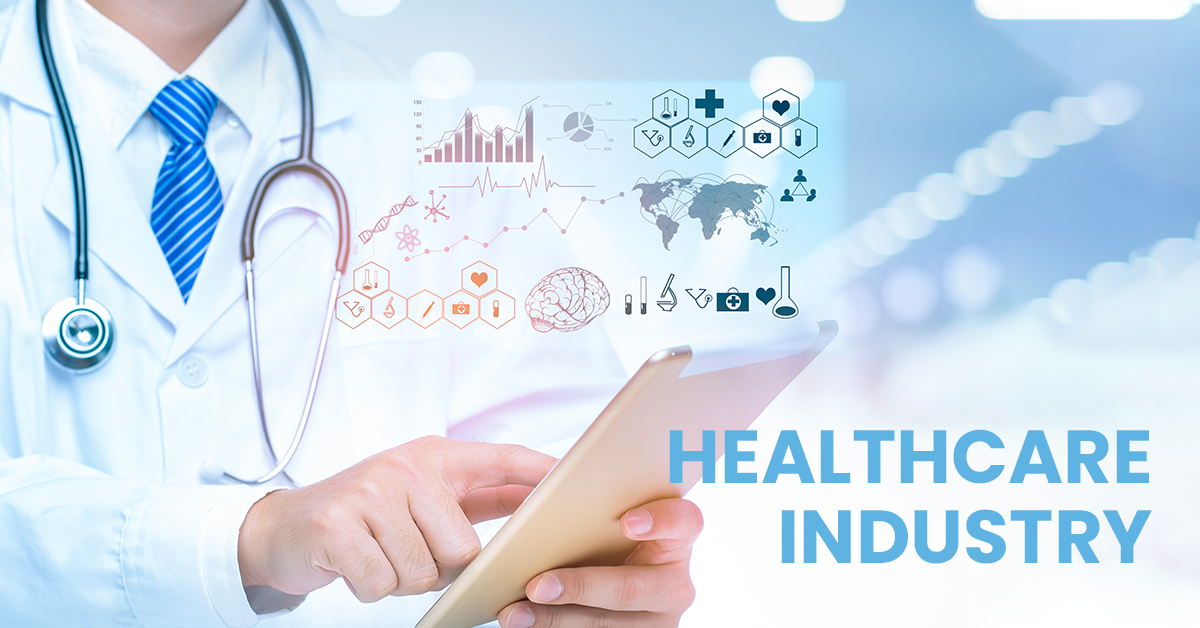
Post pandemic, there has been a drastic change in the healthcare systems, and it seems it is going to be the way forward. We are about to witness a change in the way we interact with healthcare professionals, share medical data, and make decisions related to treatment and outcomes through the form of Digitization.
Clinical apps
Frequently, people use apps on their mobile phones and web services to improve their health and wellbeing and to monitor and manage their health conditions while ill. To support their medical work, doctors are increasingly depending on apps running on smartphones and tablets. In addition, these apps differ greatly in the quality of their data input screens, their internal data processing, and the way they handle sensitive patient data and display their output.
Personal health records and patient portals
Personal health records (PHRs) are a key part of person-centered care and shared decision-making. With these tools, people can manage their health and maintain their health through digital technology. They may enable people to capture their own health and care data, communicate with their healthcare team, and/or view their health records to facilitate this.
Use of Artificial Intelligence for quality care
AI technology can be used to increase productivity, cost competence, and quality of care in the same way as robotics. Furthermore, AI enables patients to receive tailored and appropriate care. By interacting with patients, collecting data about their symptoms, identifying illnesses, and arranging appointments, virtual nursing assistants act much like doctors.
Connected and Cognitive Devices
According to a recent report, the wearable medical device market is expected to reach more than $27 million by 2023, a spectacular jump from almost $8 million in 2017. Connected and cognitive devices, such as wearable, transportable, or ingestible apparatus, can be utilized to accomplish better health results. This allows patients to manage their health at any place at any time. Having the ability to oversee health information keeps patients involved in their quest for better health.
Digital Disruption is Everywhere
There is no getting away from the fact that digital technologies are affecting the way projects are created, managed, and delivered across traditional industries. Digital transformation is necessary, even for the most traditional industries and ESDS acts as a partner in your digital journey to achieve a transformation of such a kind, that can not only improve operational processes but also expand your customer base beyond your immediate area of operation. In the coming years, more use cases will emerge, and as technology continues to evolve, it will result in further innovation.
- Why does your business need Endpoint Detection and Response (EDR)? - May 15, 2024
- Are your business endpoints completely secure? - March 26, 2024
- Is Colocation key to transforming your data center management strategy? - March 22, 2024
